[caption id="attachment_296711" align="aligncenter" width="1200"]

USA Basketball[/caption]
On Tuesday, Daishen Nix, a point guard prospect previously committed to UCLA announced that he would skip college and become part of the new G-League professional path.
He became the third player to choose this option, alongside Jalen Green and Isaiah Todd, and I don't expect him to be the last. More kids and their families will take this option as time goes on, and that number could balloon if the 2020-2021 college basketball season is delayed because of the COVID-19 epidemic (Hmm, think kids would prefer to get paid to train to play basketball? Or take online classes with no games? I'll take the latter)
As it pertains to Nix, I have a lot of thoughts.
But before we get to those thoughts specifically, let me first tell you what this article will
not be about.
1) No, this article is not about the "death of college basketball." As long as Kansas, Kentucky, Duke, Michigan State, Michigan, North Carolina, Louisville, Wisconsin, Maryland, UConn, Villanova, Arkansas, Arizona and a bunch of other schools play games, people will still care. As long as the NCAA Tournament gets played, people will still watch. So let's stop it with the "death of college basketball" stuff.
2) Also, let's be clear on something: Not every kid who is offered the money will take it. Some families really do value the education (crazy, I know!), some understand the branding opportunity of college basketball, and some, frankly are just getting money on the side from the college they choose (I'm not accusing anyone of anything, that's just a fact). This year alone we've seen Terrence Clarke, Evan Mobley, Ziaire Williams and Greg Brown turn down the G-League path to play college basketball. Others will in the future as well.
3) As long as there are professional opportunities some elite high school players every year will choose that path over college. Whether it is the G-League, Australia, other overseas options or the eventual removal of the "one and done" rule, if there are people willing to pay kids to play basketball at 18-years-old, there are plenty that will take the money.
4) Finally this article isn't to paint some glowing picture of college basketball. It's not a utopia. It does have problems. Many of which are hopefully addressed in the coming days, weeks, months and years. It's not terrible, but it's not perfect either. Like most enterprises.
So ultimately, whenever discussing college basketball, this new G-League path and everything in between, it really is important to get all of those little side-conversations out of the way right off the top. Because once those topics come up, and once people start to get fired up, the conversation can go in a bunch of different directions. And I don't want this conversation to go in a different direction from the main point of this article.
And the main point of the article is this:
As we learn more about this G-League initiative, as more players commit and more details come out, the less sense it makes. Sure, it might make sense for the players (because who doesn't like to get paid to do stuff - especially stuff they love?). But from the NBA's perspective, the organization that is underwriting this plan, it just makes no sense at all.
Let's start with the kid who signed up for the program today. It's Daishen Nix. As mentioned above, Nix is, by any tangible measurement, a really good basketball player. He was a player who was ranked No. 15 in 247 Sports' current recruiting rankings, a McDonald's All-American and committed to play for UCLA. Again, by any measurement, he is a really good player.
But he is also not what the G-League promised when they first rolled out this revamped, new initiative a few weeks ago. He is not an
elite player, a can't miss NBA prospect.
Some will disagree, but both common sense logic and facts back up that opinion.
In terms of the "common sense logic" well, as the 15th best player in his high school class, that means that he is, by literal definition - at least as of right now - the 15th best player just from his age group entering the 2021 NBA Draft. That doesn't include upperclassmen and it doesn't include foreign players. We are just talking about in his own age group. Now could he move up a spot or two or three? Of course. But is he really passing a Cade Cunningham, Terrence Clarke or Evan Mobley when these kids eventually get to draft night in 2021? It just seems completely infeasible. In defense of the G-League it'd be the same case if Nix played college basketball.
Even more so, let's look at recent history in terms of where he is ranked in the recruiting rankings. Do that, and it sets up a much more realistic picture of the simple fact that again, he is far from a can't miss NBA prospect.
Just for fun, I went back and looked at the last four players who were ranked No. 15 in their respective recruiting classes. In 2019 it was Precious Achiuwa, who appears to be a lottery pick after one year. In 2018 it was Tre Jones, who is a fringe first rounder after two years in college. PJ Washington was the No. 15 player in 2017 - he was a lottery pick, but it came after two years in college. And in 2016 it was Wenyen Gabriel, who went undrafted after two years in college.
According to a report from Shams Charania, Nix will make $300,000 to be part of this program. To which I ask, doesn't $300,000 seem like a bit of a steep price to pay for a kid who, history shows us, will probably be a fringe first rounder at best in a year (like Jones, Washington and Gabriel were) and who more likely would need two years to be NBA ready?
https://twitter.com/ShamsCharania/status/1255173580226211842
It seems that way to me. And no, that's me "hating." That is just straight facts talking.
That finally brings me to what this article is really about: Like ultimately, what is the "end game" of this program for the NBA and the G-League? What does the NBA hope to accomplish with it? For the players, this makes sense. Get paid money to play basketball, sometimes (in the case of a kid like Daishen Nix or Isaiah Todd) potentially above market value. But for the NBA and G-League I'm really having a tough time wrapping my head around how this program makes sense at all. From a literal perspective. And certainly from a fiscal one.
First off, when you break down this G-League program at its most basic level, it's very essence makes no actual sense. Essentially what this program is, is the NBA choosing to pay players to train and practice as an alternative to going to college. Which is fine. Except those same players are only going to college because the NBA has a rule in place from preventing them from going to the NBA. So just like, on its very surface it makes no sense at all.
https://twitter.com/Aaron_Torres/status/1255180255259578374
But when you really dig deeper again, it just makes no tangible sense either. And it just comes back to one very simple question: What is the actual end game for the NBA?
As mentioned above, Daishen Nix will make $300,000 to be a part of this program. Jalen Green will make around $500,000 and Isaiah Todd will reportedly make at least $200,000, maybe more. So we're already talking about $1 million the NBA will be spending, just in salary. And that doesn't include the cost of renting out a facility for these players to train. It doesn't count paying coaches. It doesn't count paying older players to "mentor" these players. It doesn't count travel and lodging costs for when these teams go to play their exhibition games. It also doesn't count the fact that the NBA has promised to pay for these kid's college education if they one day want to go back to school. That alone could be hundreds of thousands more.
Therefore overall we're talking about millions of dollars invested with essentially no financial return... and for what? Jalen Green would be a Top 3 pick whether he played in this program, at Memphis or overseas. Did the NBA really need to pay him $500,000 (plus much more in ancillary fees) for him to get to the same place he would've without them?
And it's even wilder when you think about a kid like Nix. Again, history tells us that he is at best a fringe first rounder, and maybe a player who likely would've needed two years of college. Even in a best-case scenario where he doesn't fall in the draft (certainly possible) and rises a spot or two (because again, he isn't getting drafted ahead of Cade Cunningham/Terrence Clarke/Evan Mobley/BJ Boston no matter what) was it really worth it for the NBA to invest hundreds of thousands into that development? Especially when colleges are already investing the same hundreds of thousands and it costs the NBA absolutely nothing?
Again, it just makes no sense.
Even if this is all one big long-term play for the NBA, at what cost will it be? First off, if we remove the one-and-done rule in a year or two (or even five) this was basically a big waste of time. Why build this massive infrastructure when the Jalen Green's or Cade Cunningham's or Zion Williamson's or John Wall's will be ready to go the NBA right away? Some say this is a way to make the G-League a legitimate, viable league. But even if the end game is to make money here, maybe get a TV deal, how long will that take to get a deal to recoup lost costs? Maybe I have my blinders on, but even then I still just can't envision people choosing to watch G-League basketball. If they love pure basketball, they'll watch the NBA. If they love their school, they'll watch college. But if the G-League is playing on a Tuesday night in December? Who is choosing them as an alternative?
In the end, I'm not blaming the kids for taking the money. And I'm not trying to say that college basketball is perfect and every kid should choose that path.
What I am trying to say however is that the more that we learn about this program, the less sense it makes.
(To hear more reaction to the G-League initiative and the potential downside for players, listen to the Aaron Torres Podcast below, with the G-League conversation coming at around the 39:00 minute mark)
 USA Basketball[/caption]
On Tuesday, Daishen Nix, a point guard prospect previously committed to UCLA announced that he would skip college and become part of the new G-League professional path.
He became the third player to choose this option, alongside Jalen Green and Isaiah Todd, and I don't expect him to be the last. More kids and their families will take this option as time goes on, and that number could balloon if the 2020-2021 college basketball season is delayed because of the COVID-19 epidemic (Hmm, think kids would prefer to get paid to train to play basketball? Or take online classes with no games? I'll take the latter)
As it pertains to Nix, I have a lot of thoughts.
But before we get to those thoughts specifically, let me first tell you what this article will not be about.
USA Basketball[/caption]
On Tuesday, Daishen Nix, a point guard prospect previously committed to UCLA announced that he would skip college and become part of the new G-League professional path.
He became the third player to choose this option, alongside Jalen Green and Isaiah Todd, and I don't expect him to be the last. More kids and their families will take this option as time goes on, and that number could balloon if the 2020-2021 college basketball season is delayed because of the COVID-19 epidemic (Hmm, think kids would prefer to get paid to train to play basketball? Or take online classes with no games? I'll take the latter)
As it pertains to Nix, I have a lot of thoughts.
But before we get to those thoughts specifically, let me first tell you what this article will not be about.
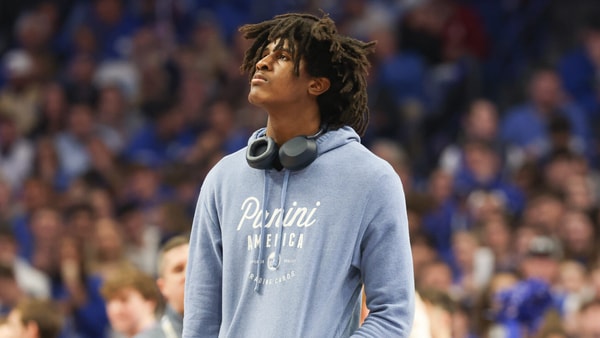
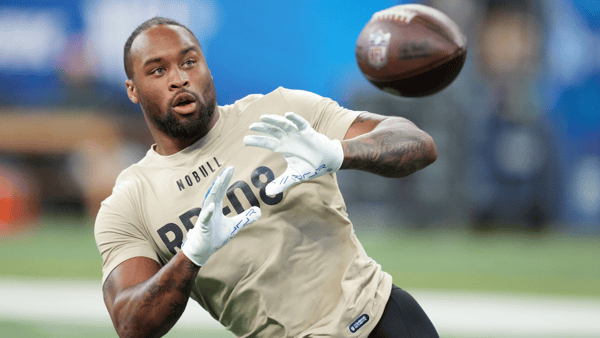
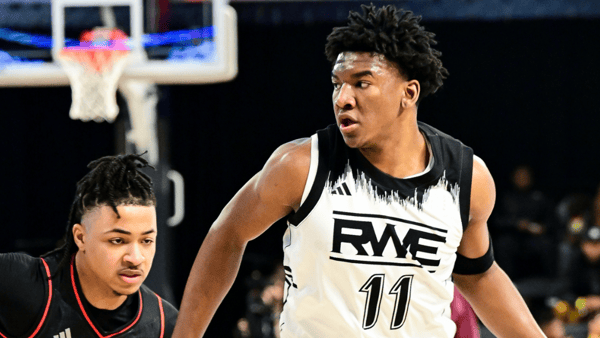
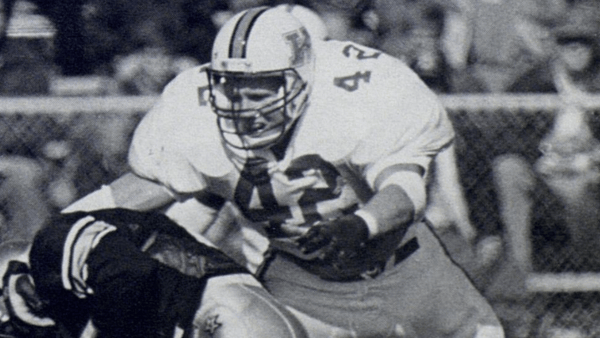
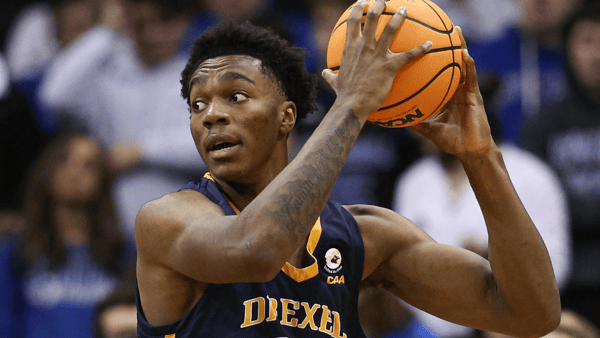
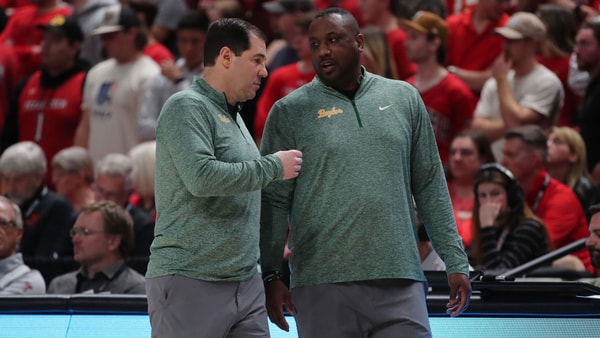
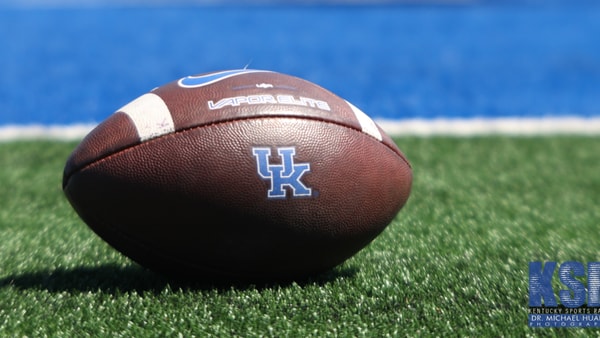
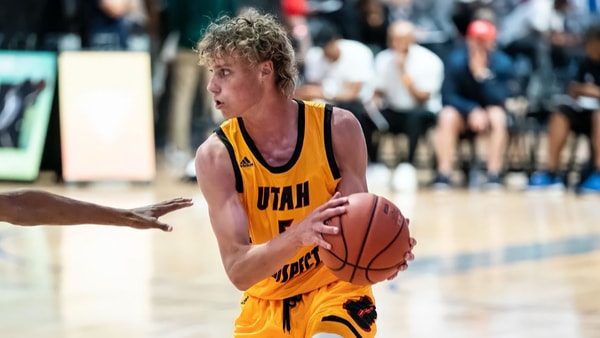
Discuss This Article
Comments have moved.
Join the conversation and talk about this article and all things Kentucky Sports in the new KSR Message Board.
KSBoard